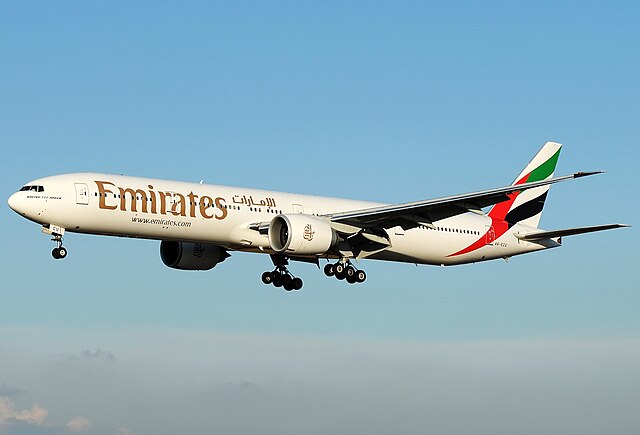Avianca Costa Rica S.A., using callsign as LACSA, minority owned by the Synergy Group, is the national airline of Costa Rica and is based in San José. It operates international scheduled services to over 35 destinations in Central, North and South America. The airline previously used the TACA/LACSA moniker when it was a subsidiary of Grupo TACA. Since May 2013, following Avianca's purchase of Grupo TACA, Avianca Costa Rica became one of seven nationally branded airlines operated by Avianca Group of Latin American airlines.
A postage stamp issued to commemorate LACSA’s 20th anniversary
LACSA Douglas DC-6B freighter at Miami International Airport in 1971
LACSA BAC One-Eleven taxiing at Miami International Airport in 1971
Classic LACSA livery of the 1990s, shown on an Airbus A320
A flag carrier is a transport company, such as an airline or shipping company, that, being locally registered in a given sovereign state, enjoys preferential rights or privileges accorded by the government for international operations.
A Boeing 777-300ER of Dubai-based Emirates, one of the two flag carriers of the United Arab Emirates
A Douglas DC-4 owned and operated by El Al - the flag carrier of Israel - in 1948






